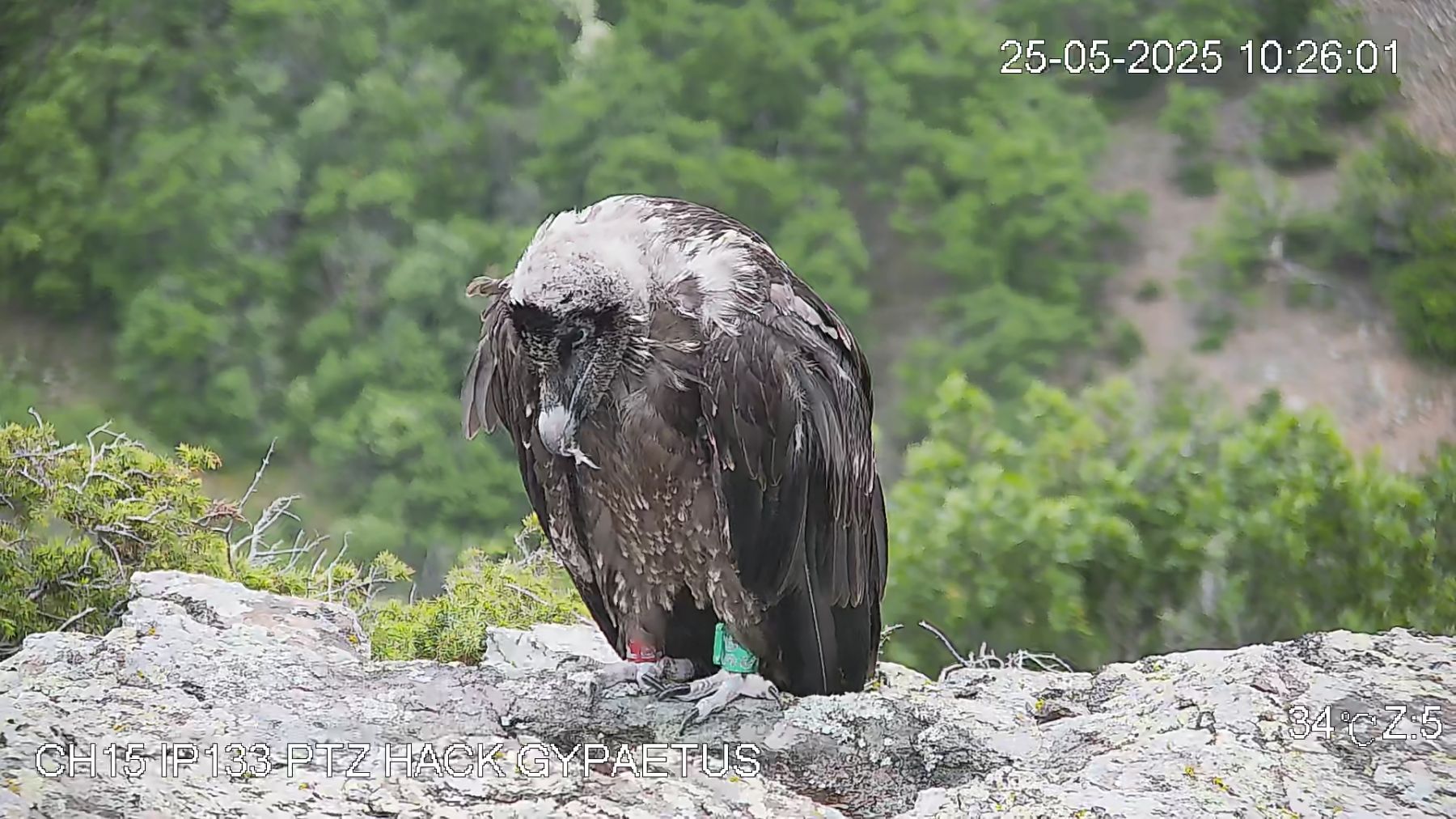
The LIFE GypConnect project recently released a video offering an inside look into the complex operations of reintroducing captive-bred birds into the wild. At the same time, the video provides a snapshot of the project’s progress and the first results achieved within the framework of LIFE GypConnect.
Project objectives
The LIFE GypConnect project aims to strengthen Europe’s Bearded Vulture population and secure the future of the species by reintroducing the species to south-east France in the Drôme and Massif Central and promoting dispersal movements between the Alps and Pyrenees.
In addition to the reintroduction activities, the project team worked to reduce threats, improve safe food availability, raise awareness and engage local communities with the conservation of the species.
Progress of LIFE GypConnect
Years of hard work paid off. The project not only achieved its initial objectives but also exceeded them for some actions.
- The team released 42 birds in the LIFE intervention areas since 2016, exceeding the initial objective of 24.
- The project established 37 feeding stations (29 built and eight natural areas) to improve food conditions for the species.
- The first exchanges of populations took place according to an analysis of the data of 118 GPS-tagged birds. Ten birds moved between the Alps and the Pyrenees. Also, two breeding birds settled in a different mountain range from their fledging place.
Efforts need to continue
The LIFE GypConnect launched in September 2015 and was set to end in November 2021 but was extended until July 2022 to perform additional releases. Although the LIFE GypConnect made solid progress and achieved its initial objectives, targeted conservation and reintroduction efforts must continue in the LIFE intervention area to ensure the sustainability of the demographic process and maximize the viability of the population reintroduced. Therefore, the partnership submitted a new LIFE project named LIFE GypAct to the European Commission to allow the continuation of LIFE GypConnect’s reintroductions and actions.
The LIFE GypConnect project

Led by the League pour la Protection des Oiseaux (LPO), the LIFE GypConnect project aims to establish a breeding population of Bearded Vultures in the Massif Central and Department of the Drôme. Releasing captive-bred Bearded Vultures into the wild at sites such as the Parc Naturel Régional des Grands Causses, Parc Naturel Régional des Baronnies Provençales and Parc Naturel Régional du Vercors will create a core population that will connect the two populations of the species in the Alps and Pyrenees. To facilitate movements between the new population and the Alpine and Pyrenean populations the LIFE GYPCONNECT team is creating a network of supplementary feeding stations, and tackling threats such as poisoning, and collision and electrocution with the electricity infrastructure.




